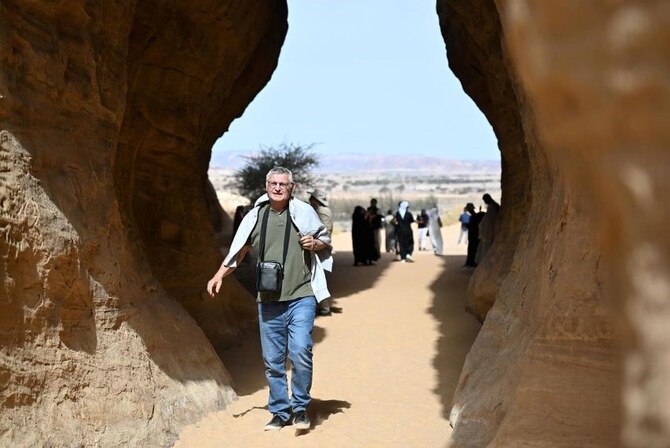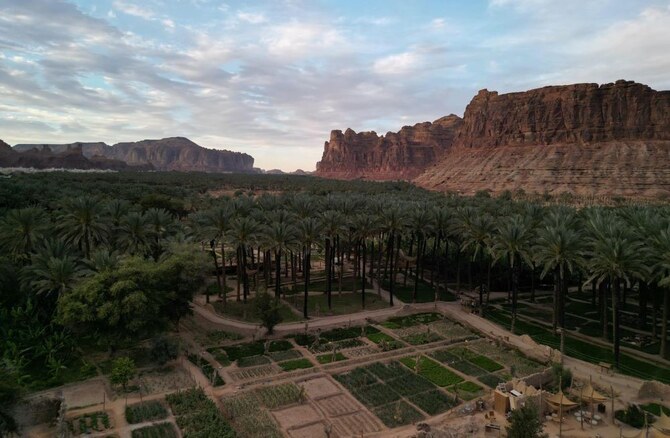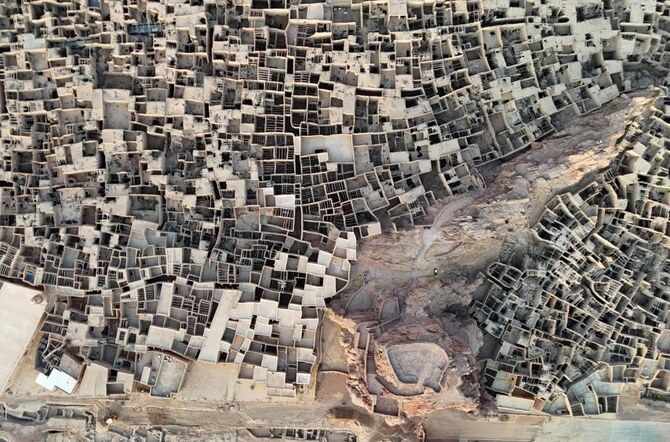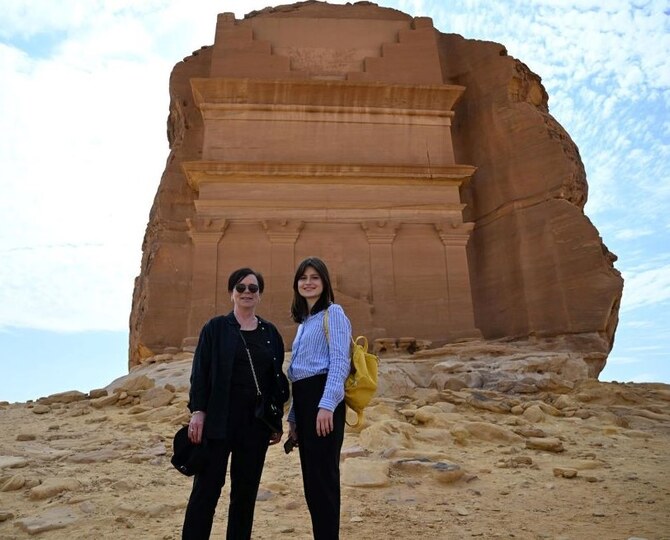‘Severance’ season 2

Starring: Adam Scott, Zach Cherry, Britt Lower
The first season of this darkly humorous sci-fi tinged psychological thriller brought deserved critical acclaim for its creator Dan Erickson, and directors Ben Stiller and Aoife McArdle, as well as its brilliant cast. The show focuses on a group of employees at a mysterious corporation who have agreed to undergo a procedure known as “severance,” which divides their memories between their time in and out of work, thus creating two different lives, with distinct personalities, but who begin to question both the ethics of the procedure, and their own reasons for accepting it.
‘The Last of Us’ season 2

Starring: Bella Ramsey, Pedro Pascal, Gabriel Luna
Not just a great video game adaptation, but a great show in general. This post-apocalyptic drama is set a couple of decades into a pandemic in which a fungal infection turns its hosts into zombie-like monsters and centers on a teenage girl (Ellie) who is somehow immune to infection and the smuggler (Joel) who agreed to escort her on a journey across the US and gradually becomes a father figure to her. The chemistry between Ramsey as Ellie and Pascal as Joel is utterly convincing and the series, like the games it is based on, is a quietly devastating work of art.
‘Stranger Things’ season 5

Starring: Winona Ryder, David Harbour, Millie Bobby Brown
One last visit to the Upside Down, and one last visit to Hawkins, Indiana, to catch up with psychokinetic Eleven and her friends as they fight to save the Earth from the aforementioned alternate dimension. Over the last decade, “Stranger Things” has been one of the biggest shows in the world — an irresistible mix of horror, sci-fi, coming-of-age drama, and Eighties nostalgia. Here’s hoping showrunners The Duffer Brothers can stick the landing.
‘The Bear’ season 4

Starring: Jeremy Allen White, Ebon Moss-Bachrach, Ayo Edebiri
After the dizzying heights reached in its first two seasons, the third outing of this hyper-tense kitchen-based drama (it barely seems worth repeating that — despite its Emmy categorization — “The Bear” really isn’t a comedy) was something of a stagnant disappointment. But a disappointing episode of “The Bear” still beats the best efforts of 90 percent of what’s on television, and it wouldn’t be a great surprise if season four is a triumphant return to form for ace chef Carmy Berzatto as he strives to make a success of his family’s titular restaurant. There’s a lot on the line, though, with season three ending just as Carmy starts to read the make-or-break restaurant review that could mean he loses his financial backer.
‘Zero Day’

Starring: Robert De Niro, Lizzy Caplan, Jesse Plemons
A political conspiracy thriller that looks like being one of the most intriguing new shows of 2025. With a stellar cast and some serious pedigree among the creators — showrunner Eric Newman (“Narcos”), former NBC News president Noah Oppenheim, and The New York Times’ Washington correspondent Michael S. Schmidt — this story focuses on a former US president, George Mullen (De Niro), who is called out of retirement to investigate a cyberattack responsible for killing thousands of Americans.
‘A Knight of the Seven Kingdoms’

Starring: Peter Claffey, Dexter Sol Ansell, Finn Bennett
If “House of the Dragon” isn’t enough “Game of Thrones” universe for you, then here’s another prequel, this time based on George R.R. Martin’s “Tales of Dunk and Egg” novellas — set almost a century before the events of “Game of Thrones. The show will focus on hedge knight Ser Duncan the Tall (Dunk) and his young squire Aegon Targaryen (Egg), who will grow up to become King Aegon V and sit the Iron Throne, and their wanderings across Westeros. Martin has given the show his seal of approval, saying after visiting the set that the cast seemed to have “walked out of the pages of my book.” The approval of the fans may be harder to earn.
‘Black Mirror’ season 7

Starring: Awkwafina, Paul Giamatti, Emma Corrin
Season seven of the acclaimed sci-fi/horror anthology series created by Charlie Brooker is confirmed as returning this year with a run of six episodes, two of which, Brooker told the audience at Netflix’s Geeked Week event in September, are “basically feature-length.” There’s little information about the stories so far, but the little we have is pretty exciting — one will be a sequel to one of the show’s most-loved episodes, the season four opener “USS Callister” (pictured).































